Differentiation is essential to helping all learners succeed, whether they’re struggling readers, advanced writers, or students with specific learning challenges like dyslexia. WriteReader is a science-backed, easy-to-use tool that enables teachers to differentiate instruction, foster literacy development, and engage every student at their level.
WriteReader takes the guesswork out of differentiation, giving teachers a straightforward, effective tool for meeting each student’s needs without overwhelming them.
Here’s how WriteReader can support differentiation in your classrooms:
1. Helping Struggling Readers and Writers Improve
For students who struggle with reading and writing, building confidence and motivation is crucial. WriteReader allows these students to engage in literacy activities without feeling overwhelmed.
- Boost Confidence: Students can create their own books using both text and images, allowing them to express ideas even if their writing skills are still developing.
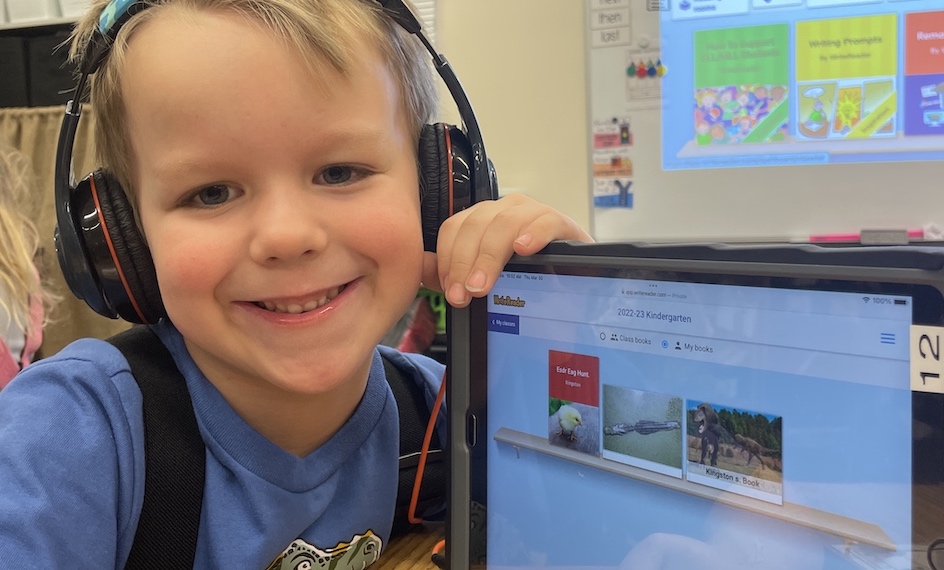
- Phonics and Vocabulary Support: WriteReader’s structure supports phonics (key letter names and sounds), vocabulary acquisition, and comprehension skills, giving struggling readers a solid foundation for literacy growth.
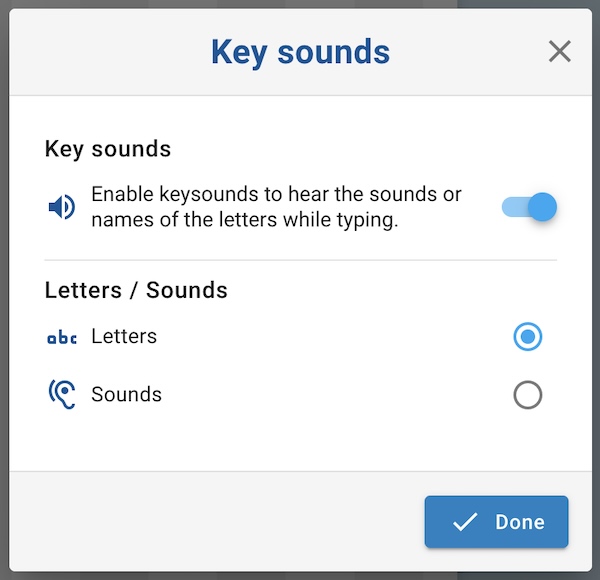
- Teacher Scaffolding: Teachers can add adult writing alongside the student’s text, providing guidance and scaffolding that helps students learn the correct structure and spelling without limiting their creativity.
With these supports, WriteReader empowers struggling learners to take meaningful steps toward literacy, building both their skills and their confidence in a fun, creative way.
2. Enhancing Performance for Advanced Students
For students who are already performing well, WriteReader provides opportunities for further growth and enrichment.
- Creative Expression: WriteReader gives advanced students the space to push their writing skills further by creating longer, more complex stories and using a broader vocabulary.
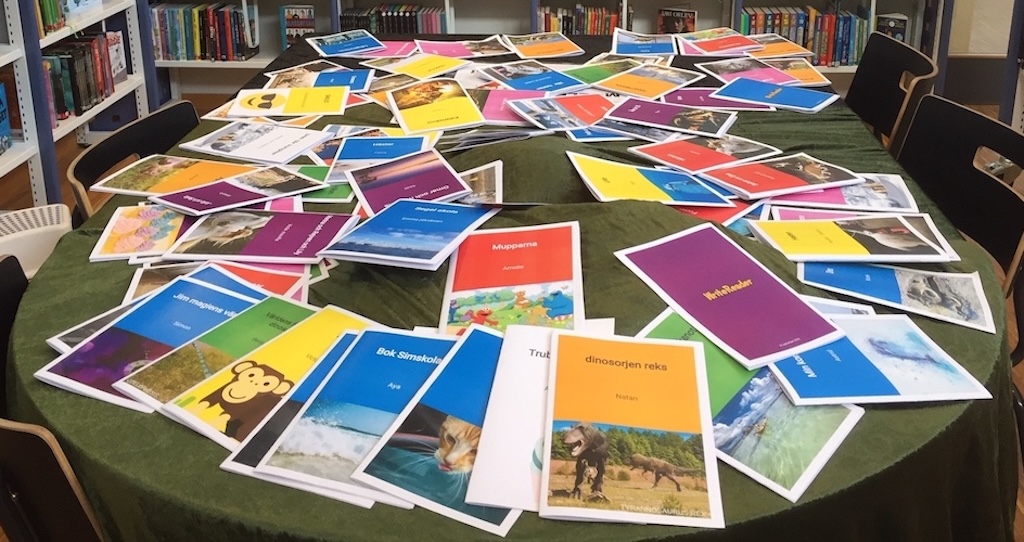
- Incorporating Research and Critical Thinking: These students can use WriteReader to develop research projects, personal narratives, or even create informative texts. The platform’s flexibility allows for differentiated tasks that challenge advanced learners.
- Teacher Feedback and Revisions: WriteReader’s built-in teacher tools enable timely, personalized feedback, encouraging students to refine their work and reach new levels of writing mastery.
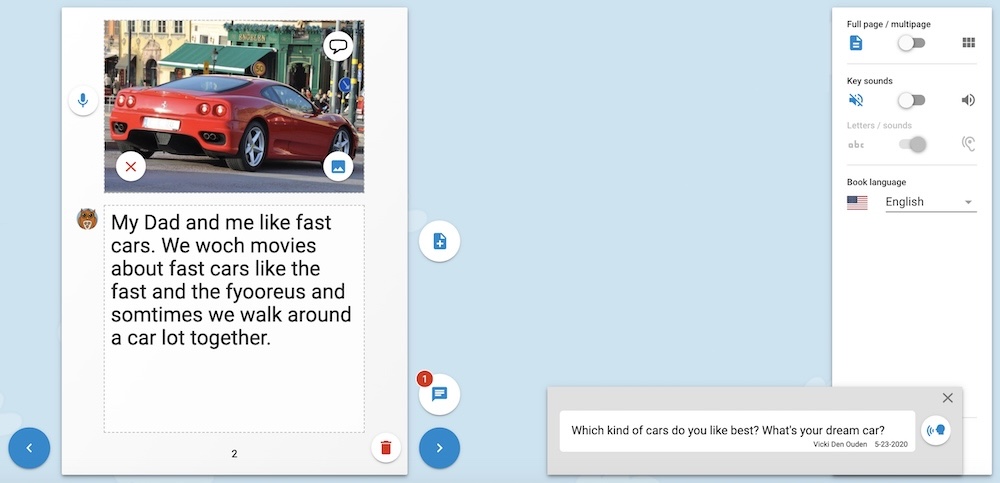
By offering an open-ended platform, WriteReader allows high-performing students to continue growing and developing their literacy skills at a deeper level.
3. Supporting Students with Dyslexia
Students with dyslexia often face unique challenges in reading and writing, but they also have the potential to thrive when given the right tools and support.
- Multisensory Learning: WriteReader allows students with dyslexia to use both images and text, catering to their learning strengths. They can convey ideas through pictures while continuing to develop their reading and writing skills.
- Speech and Voice Technology: With WriteReader’s integration of audio recording, speech-to-text, and text-to-speech features students can get support to make the learning process more accessible and engaging.
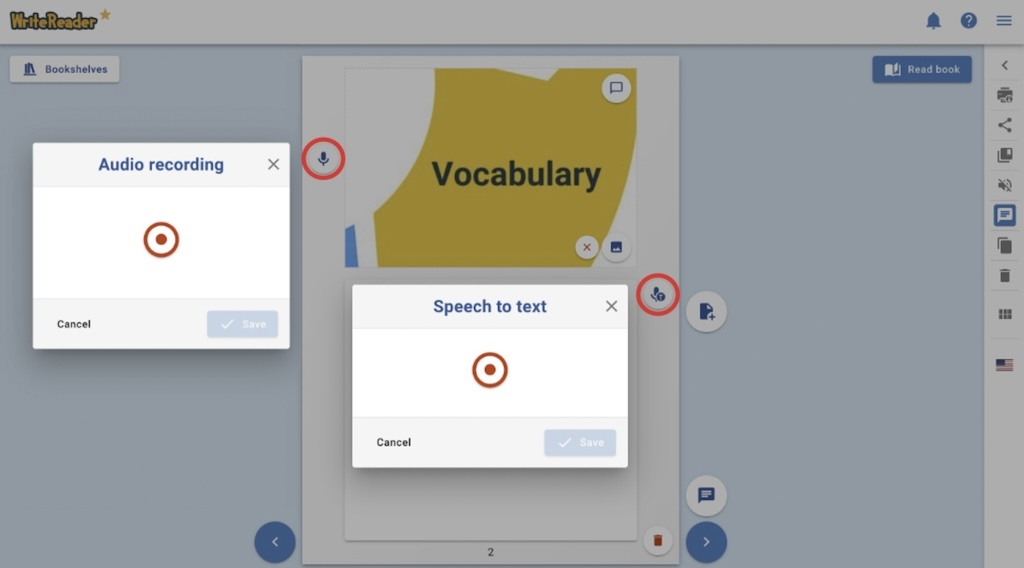
These features make WriteReader an inclusive tool, helping students with dyslexia engage with the same content as their peers while receiving the support they need.
4. Simplifying Differentiation for Teachers
One of the biggest challenges in differentiated instruction is providing personalized learning opportunities for every student in the classroom. WriteReader simplifies this process, making it easier for teachers to cater to diverse needs.
- Adaptive Platform: WriteReader’s flexibility allows teachers to assign book templates at varying levels of complexity, meeting each student where they are in their literacy journey. Whether a student is working on basic sentence construction or crafting a detailed story, WriteReader adapts to all levels.
- Literacy Progress Monitoring: Teachers can track student progress and provide feedback, helping students improve as they work. This allows for quick adjustments in instruction and personalized support.
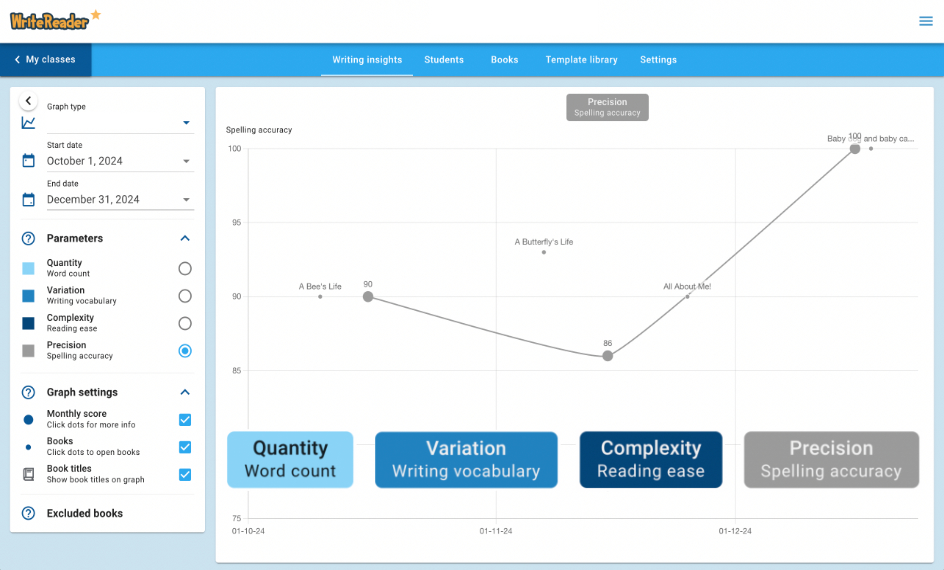
- Personalized Literacy Growth: Teachers can select key literacy features like speech-to-text, text-to-speech, and speech synthesis, and decide which students should have these features enabled, allowing for a fully personalized approach to literacy development.
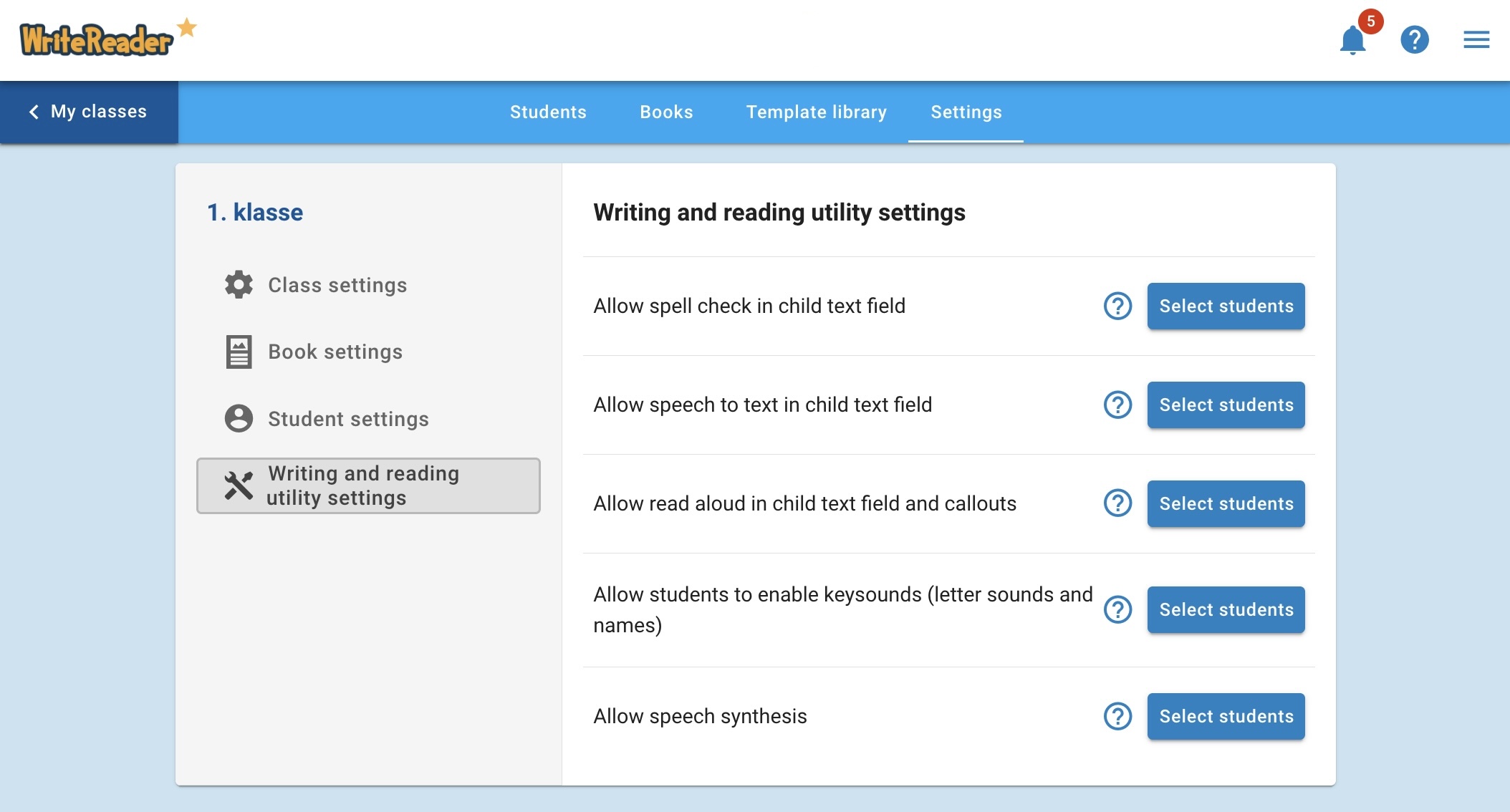
Conclusion: WriteReader as a Key Differentiation Tool for Your School
By implementing WriteReader in your school, you’ll equip your teachers with a versatile resource that simplifies differentiation and drives student success. Plus, with its research-based approach and user-friendly design, it’s a tool that teachers will love using to inspire all students, no matter their ability.
Are you ready to see how WriteReader can transform your classrooms? Reach out to us today at info@writereader.com to learn more about integrating WriteReader into your school’s literacy program!
